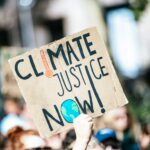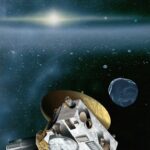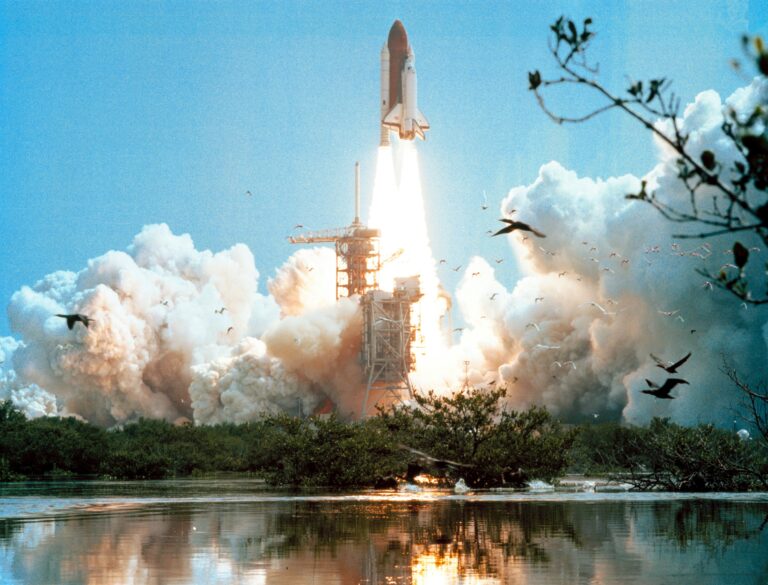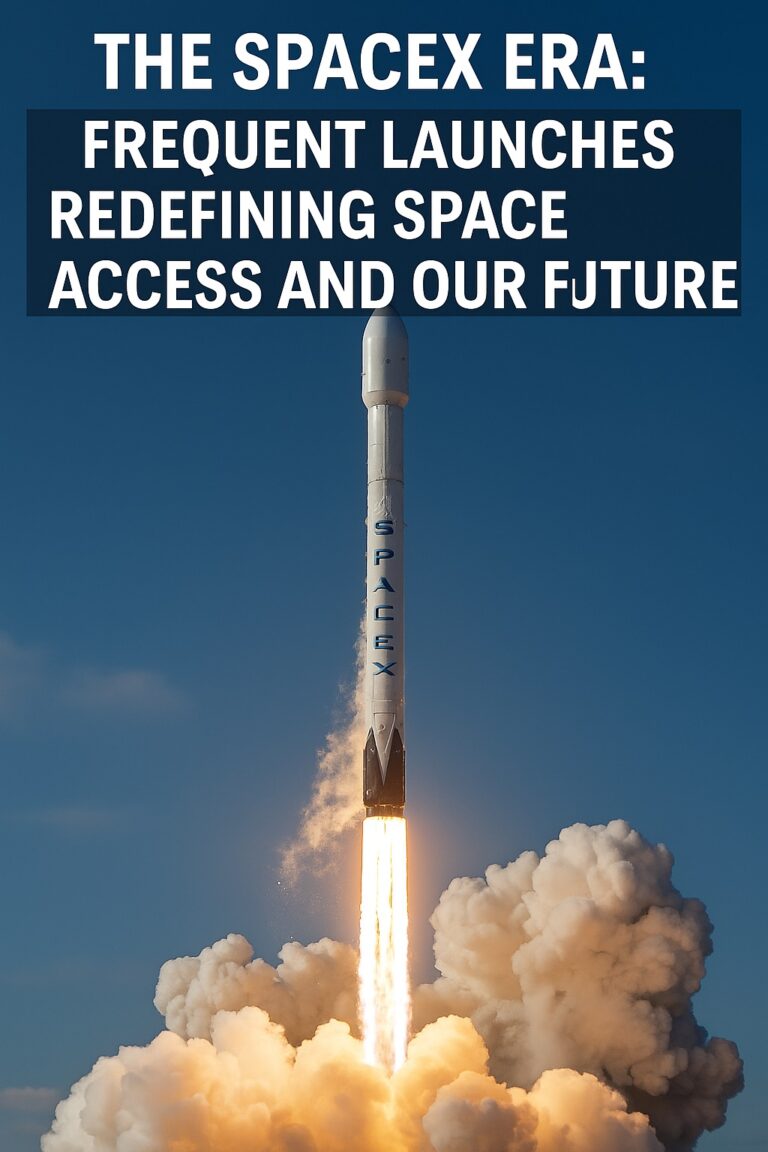
Disclaimer: This article summarizes the scientific consensus on climate change, drawing from peer-reviewed research and reports by major climate science organizations. For authoritative information, please refer to sources such as the Intergovernmental Panel on Climate Change (IPCC), NASA, and NOAA.
The Science Behind Climate Shifts: Understanding Natural Cycles and Human Impact
Climate change is one of the most pressing challenges of our time. Understanding the science behind it is essential for informed action. This article explores the factors driving climate shifts — both natural and human-induced — and clarifies what science tells us about the current state of our planet’s climate.
Weather vs. Climate: A Crucial Distinction
Weather refers to short-term atmospheric conditions like temperature, humidity, and precipitation in a particular location. Climate, on the other hand, is the average pattern of weather over long periods (typically 30 years or more). Recognizing this difference helps us understand why isolated cold spells do not disprove long-term global warming.
Natural Drivers of Climate Shifts
Throughout Earth’s history, climate has changed due to several natural factors:
Milankovitch Cycles
Variations in Earth’s orbit and axial tilt alter the amount of solar energy reaching the planet, influencing long-term climate patterns like Ice Ages. These cycles unfold over tens of thousands of years.
Volcanic Eruptions
Large eruptions eject sulfur dioxide and ash into the atmosphere, which can temporarily cool the Earth by reflecting sunlight.
Solar Variability
The sun’s energy output fluctuates slightly over time. However, modern measurements show that these changes do not explain the rapid warming observed over the last century.
Ocean Currents
Phenomena like El Niño and La Niña (ENSO) influence short-term climate variability but do not drive long-term global trends.
Anthropogenic (Human-Induced) Climate Change
The overwhelming scientific consensus is that the rapid global warming since the mid-20th century is unequivocally caused by human activities [Source: IPCC AR6 Synthesis Report, 2023].
Greenhouse Gases
Burning fossil fuels (coal, oil, gas), deforestation, agriculture, and industrial activities release vast amounts of greenhouse gases:
- Carbon Dioxide (CO2): Primary driver, from fossil fuel combustion.
- Methane (CH4): Emitted by livestock, rice paddies, and fossil fuel production.
- Nitrous Oxide (N2O): From agricultural fertilizers and industrial processes.
These gases trap heat in the atmosphere, a process known as the greenhouse effect — similar to how a blanket retains body heat.
Evidence of Human-Driven Climate Change
- Global Surface Temperature Rise: Earth’s average surface temperature has increased by over 1.1°C since the late 19th century [Source: NASA, NOAA].
- Melting Ice and Glaciers: Shrinking Arctic sea ice and retreating glaciers worldwide.
- Rising Sea Levels: Due to melting land ice and thermal expansion.
- Extreme Weather: More frequent and intense heatwaves, droughts, floods, and storms.
- Ocean Acidification: CO2 absorbed by oceans lowers pH, affecting marine life.
Feedback Loops: Amplifying the Impact
Certain processes amplify climate change:
- Melting Ice Reduces Albedo: Less reflection of sunlight, more heat absorption.
- Thawing Permafrost: Releases methane, a potent greenhouse gas.
- Forest Dieback: Reduces CO2 absorption capacity.
These feedbacks create tipping points — thresholds beyond which change accelerates and may become irreversible.
Scientific Consensus and the IPCC
The Intergovernmental Panel on Climate Change (IPCC) brings together thousands of scientists to assess climate science. Their latest report (AR6) states:
“It is unequivocal that human influence has warmed the atmosphere, ocean, and land. Widespread and rapid changes have occurred.”
[Source: IPCC AR6, 2023]
What Can Be Done? Mitigation and Adaptation
Mitigation Strategies
- Transition to renewable energy (solar, wind, hydro)
- Energy efficiency and green infrastructure
- Reforestation and sustainable land use
- Carbon pricing and emissions reduction policies
Adaptation Measures
- Coastal defenses and flood-resistant infrastructure
- Climate-resilient agriculture
- Water resource management
Conclusion
Climate shifts are driven by both natural and human forces. However, the current rapid warming is primarily and unequivocally due to human activities. Addressing this crisis requires a scientifically informed, global response.
References & Further Reading:
- Intergovernmental Panel on Climate Change (IPCC) AR6 Reports: https://www.ipcc.ch
- NASA Climate Change: https://climate.nasa.gov
- NOAA Climate Science: https://www.climate.gov
- National Academies of Sciences: https://www.nationalacademies.org/topics/climate
About the Author:
Priya is a science content writer focused on making complex topics accessible to general readers. While not a certified climate scientist, he relies on credible, peer-reviewed sources to communicate current scientific understanding.









